In the Sierra Nevada, our spectacular rivers begin at granite mountain peaks as cold, steep tributary streams. They plunge down mountainsides and meander through meadows before merging into the spring torrents that thunder down river canyons. When they reach the Sierra foothills, these impressive rivers are subdued by dams and diversions that distribute their water for agriculture, domestic use, recreation, and other functions.
Rivers and streams are not only essential for our diverse wildlife to survive, but they are also valuable to the people who recreate here, and they will become even more precious to future generations as the surrounding land becomes increasingly developed. Despite the incredible value of clean water for tourism, recreation, and agricultural uses - water quality and aquatic habitat face relentless degradation by many sources.
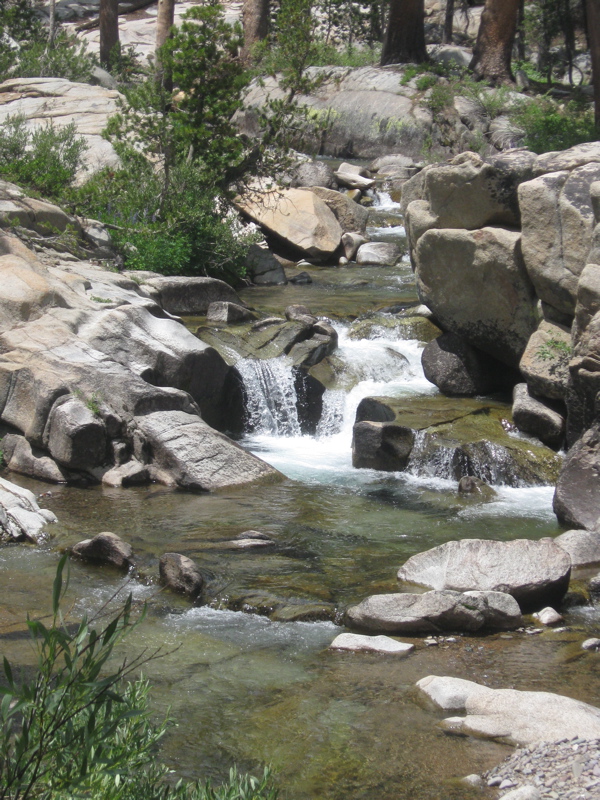
Livestock damage streams and contaminate water
Livestock grazing can cause significant stream bank damage, in addition to cattle manure directly contaminating streams with bacteria. Water quality sampling by CSERC biologists has proven that once cows are brought into the local national forest, fecal coliform and E. coli contamination quickly rises beyond Basin Plan water quality standards. Cattle presence can also denude riparian areas, compact the soil, and cause downcutting in meadows along stream channels.
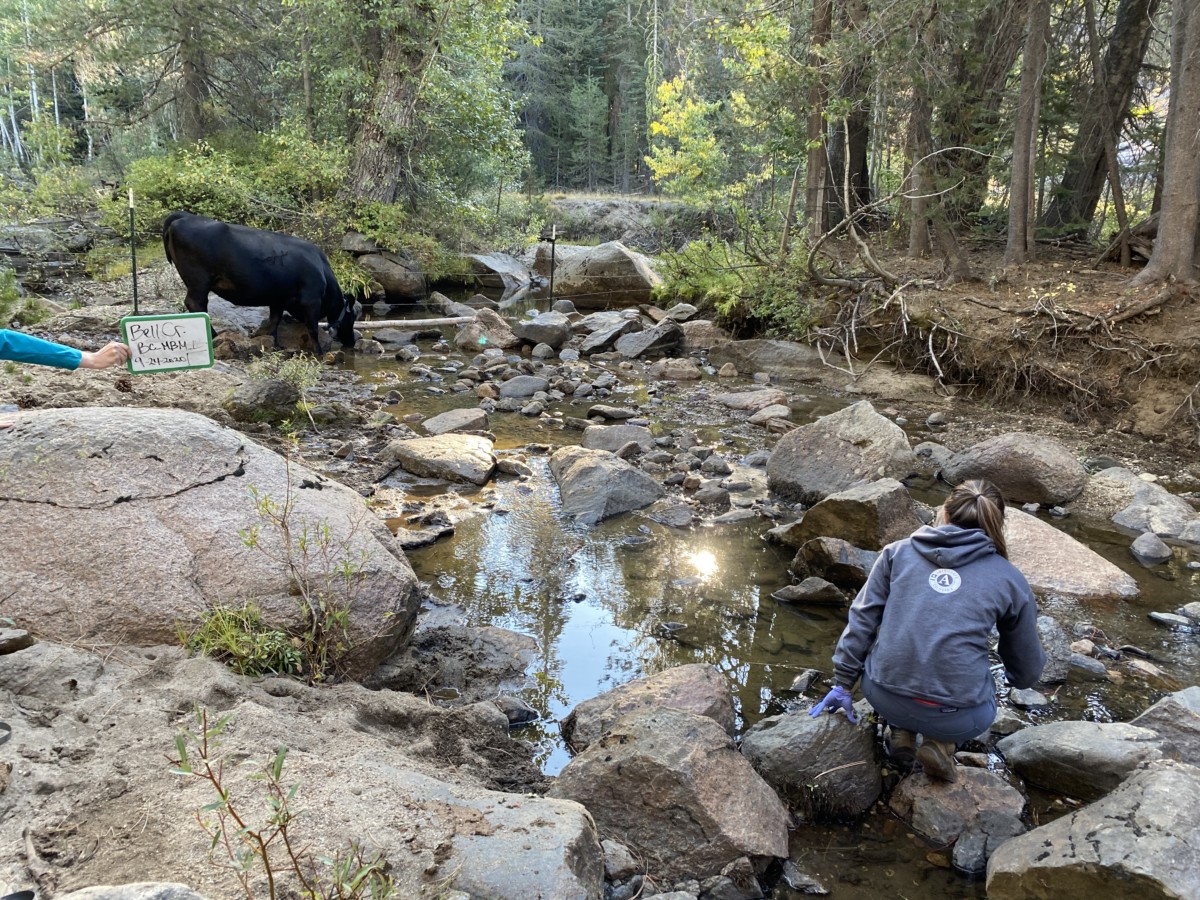
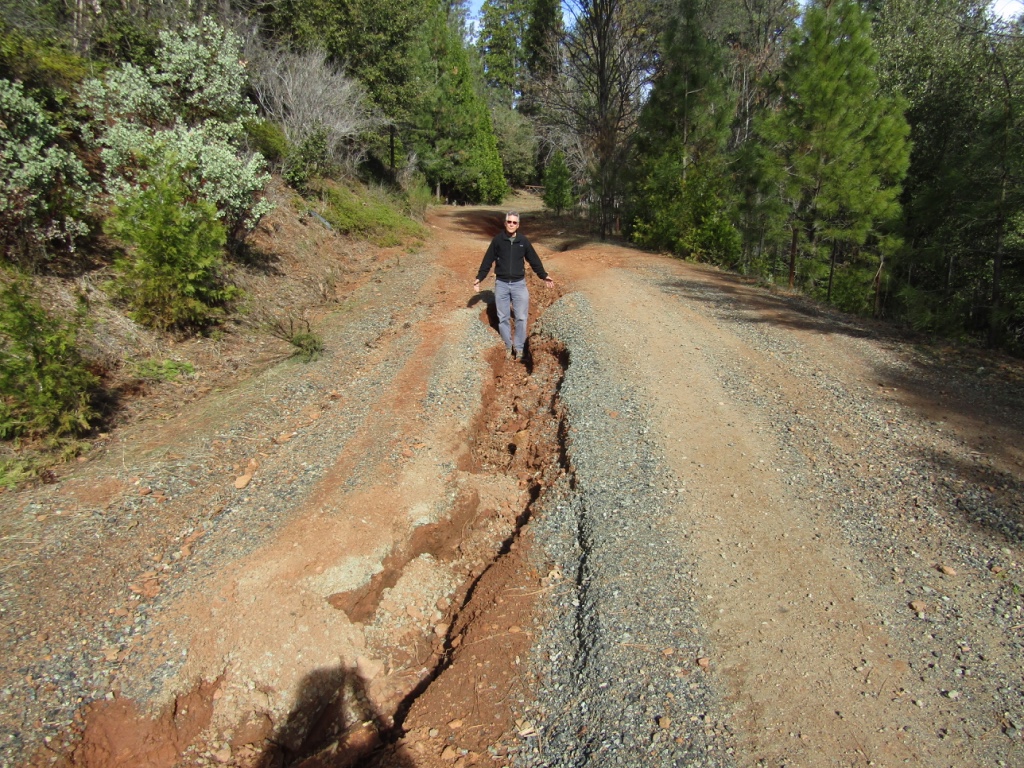
Poorly maintained roads
One threat comes from watershed damage caused by the 3,000 miles of roads in our local mountains. Many of the roads throughout the forest are dirt or gravel and don't get adequate maintenance by the U.S. Forest Service, private lumber companies, or other land managers.
Deep gullies often form and can channel storm run-off and sediment into streams, clogging their gravel bottoms that are essential spawning habitat for fish and amphibians with fine sediments.
Dams, diversions and water supply
Dams and diversions have drastically altered the rivers' natural flows and divert water that otherwise would stay in the river. High flows scour fine sediment from gravel beds, and cool water provides essential aquatic habitat where aquatic species can thrive.
CSERC works on the front lines on all of these issues -- using science, monitoring, fieldwork, education, and outreach to defend the precious water resources and scenic watersheds of the Northern Yosemite region.
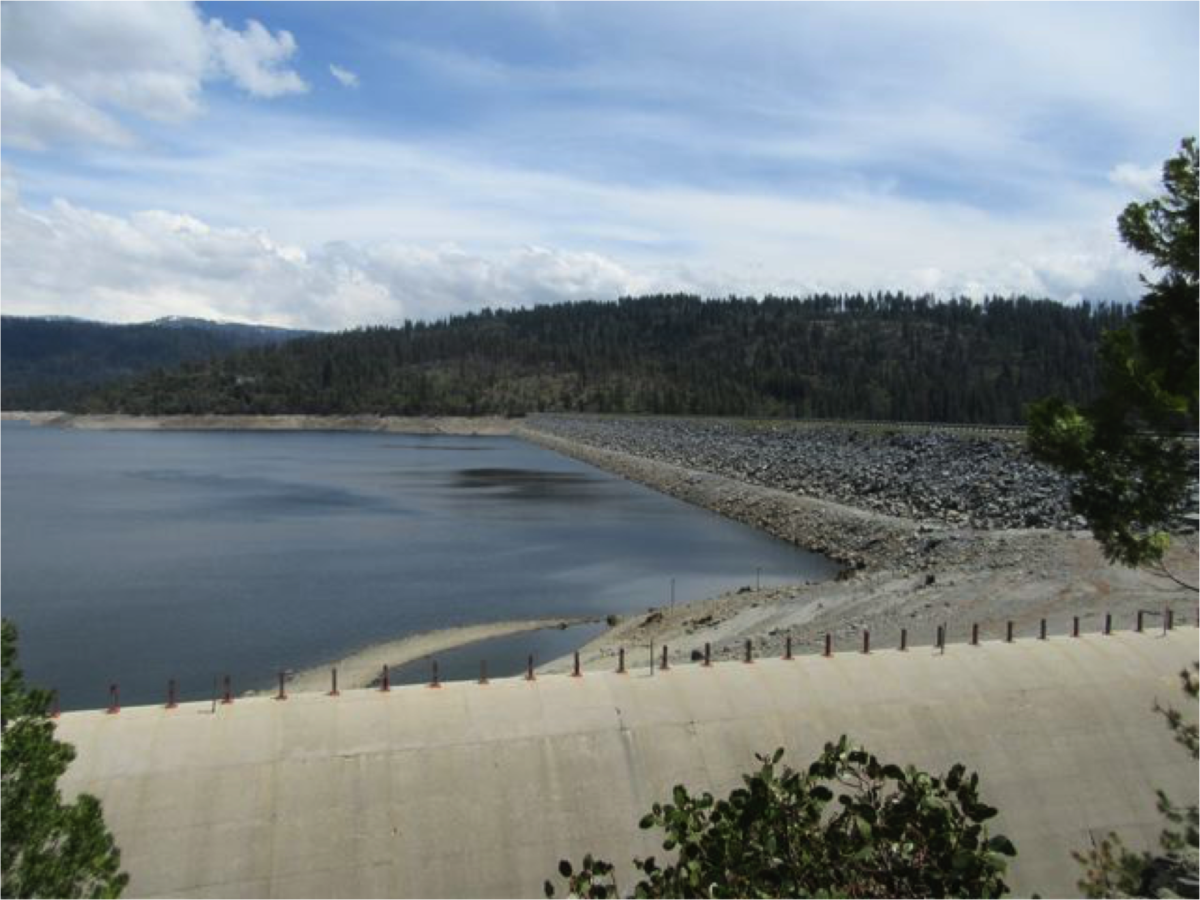
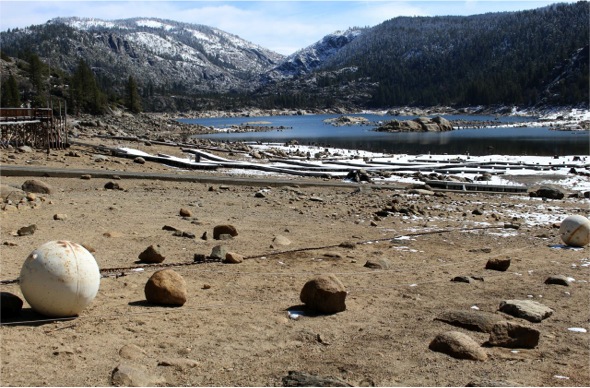
Development increases water demands
New development across the foothills continues to add to water demands, leaving less in streams and rivers for wildlife and riparian plant needs.
Whether it's the South Fork Stanislaus or other local streams and rivers, many different interests divert or consume water from the natural system.
How we protect water & watersheds
CSERC staff and volunteers do hands-on restoration projects to reduce contamination of streams and rivers. In most years, CSERC staff collects water samples from forest streams in the region to test water quality. CSERC provides written input for plans for new development, logging projects on private timberland, and for public land project plans each year. All of these can threaten water resources. In addition, CSERC staff attends countless meetings and hearings each year to advocate for water quality and aquatic species.
Read more about issues affecting water in the Northern Yosemite and Central Sierra region here

